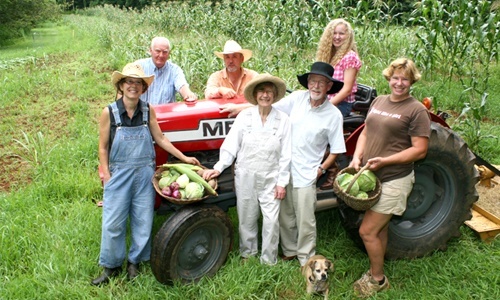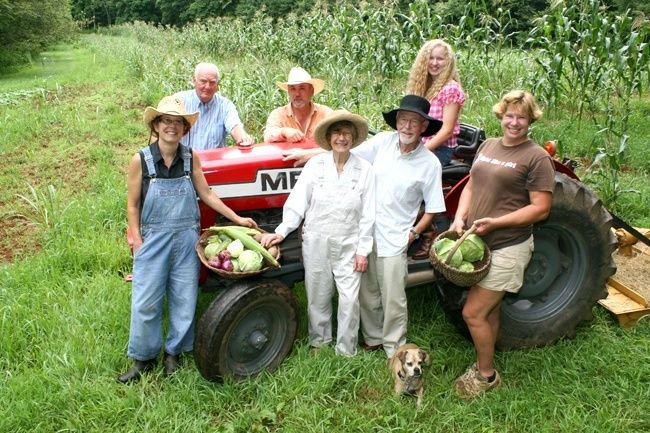
90% of Americans Could Be Fed by Food Grown or Raised Within 100 Miles of Their Homes

New farmland-mapping research published on Monday shows that up to 90 percent of Americans could be fed entirely by food grown or raised within 100 miles of their homes.
Professor Elliott Campbell, with the University of California, Merced, School of Engineering, discusses the possibilities in a study, “The Large Potential of Local Croplands to Meet Food Demand in the United States.” The research results are the cover story of the newest edition of Frontiers in Ecology and the Environment, the flagship journal for the Ecological Society of America, which boasts a membership of 10,000 scientists.
“Elliott Campbell’s research is making an important contribution to the national conversation on local food systems,” influential author and University of California, Berkeley professor Michael Pollan said, “That conversation has been hobbled by too much wishful thinking and not enough hard data—exactly what Campbell is bringing to the table.”
‘Farm to table’
The popularity of “farm to table” has skyrocketed in the past few years as people become more interested in supporting local farmers and getting fresher food from sources they know and trust. Even large chain restaurants are making efforts to source supplies locally, knowing more customers care where their food comes from.
“Farmers markets are popping up in new places, food hubs are ensuring regional distribution, and the 2014 U.S. Farm Bill supports local production—for good reason, too,” Campbell said. “There are profound social and environmental benefits to eating locally.”
Local food potential has declined over time, which Campbell said was an expected finding, given limited land resources, growing populations and suburbanization.
The surprise, though, was how much potential still remains.
Most areas of the country could feed between 80 and 100 percent of their populations with food grown or raised within 50 miles. Campbell used data from a farmland-mapping project funded by the National Science Foundation and information about land productivity from the U.S. Department of Agriculture.

 233k
233k  41k
41k  Subscribe
Subscribe 
